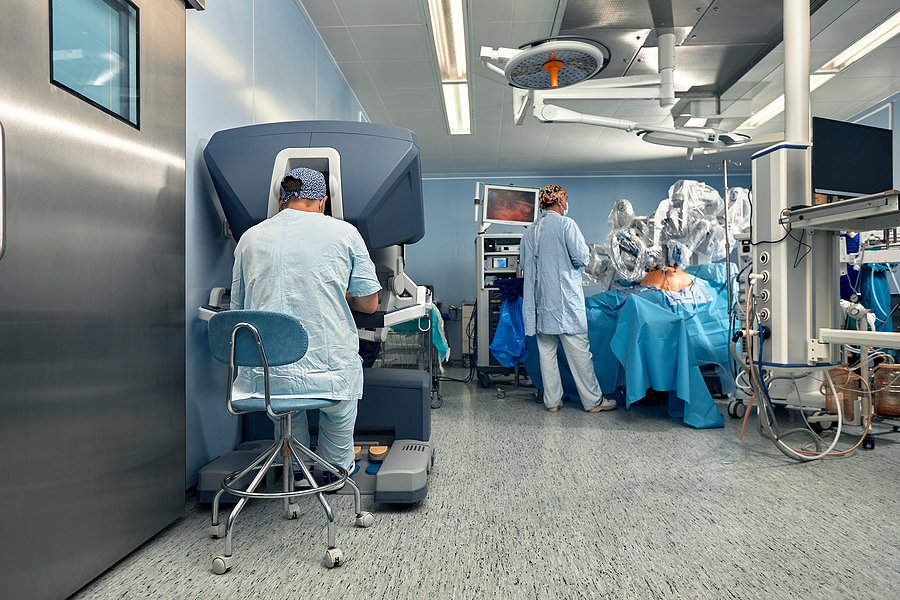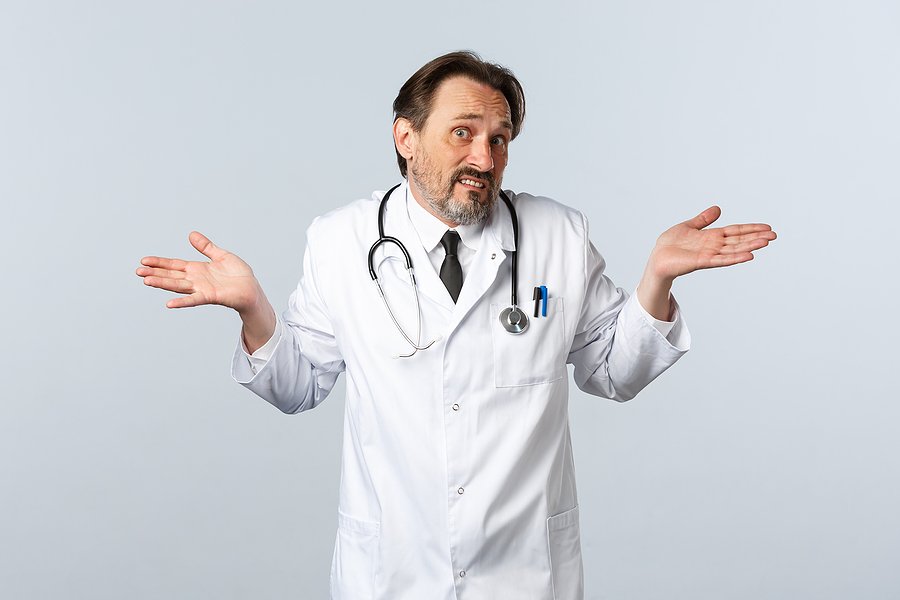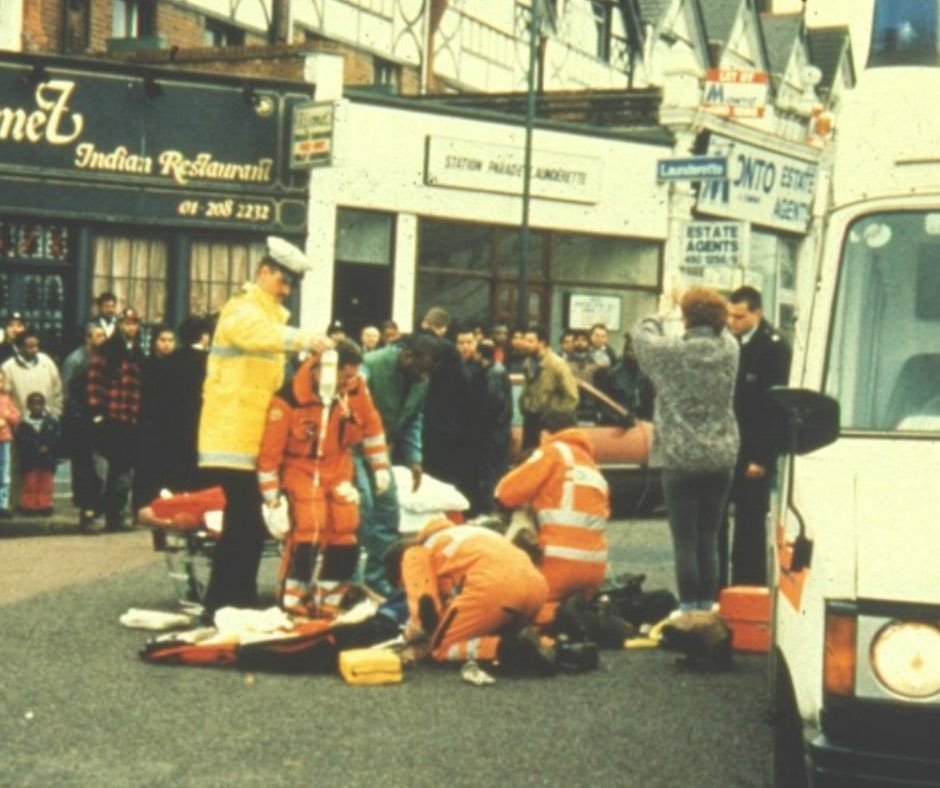Drilling a burrhole in someone's head to release an extradural haematoma is not neurosurgery. It is a damage control procedure akin to a clamshell thoracotomy being done by any non-cardiothoracic surgeon in EDs (and on street corners) the world over, every day of the year.
There, I said it.
I'm being facetious of course, but the broad point stands. I remember several years back talking to some avid proponents of prehospital craniotomy (or burrholes). One a neurosurgeon, the other an ED physician (its perhaps not insignificant that both were prehospital air ambulance physicians). Both were adamant that in carefully selected patients the early deployment of this procedure could reduce irreversible brain injury in many of their otherwise healthy trauma patients.
The first step is accurate diagnosis of extra-axial intracranial haemorrhage (ICH). Prehospital neuroimaging has been a realistic pursuit for at least 20 years. Mobile Stroke Units (MSUs), which are essentially ambulances kitted out with mobile CT scanners, stroke physicians and neuroradiologists were first utilised in Germany in 2008 and aimed to bring the hospital to the patient, drastically cutting the time taken to restore cerebral perfusion. An RCT of the German roll-out demonstrated the median time from alarm to treatment decisions being cut in half by MSUs, with only 4% of non-MSU patients receiving thrombolysis inside the ‘golden hour’ compared to 57% of MSU patients.
But as good as they may be, there is a modality much cheaper and much more portable that can be used without having to first transfer the patient onto a stretcher and into the back of an ambulance. That modality is Near Infrared Spectroscopy (NIRS). One commercially available device, the Infrascanner has been trialled by London’s pioneering Air Ambulance Service with a pilot study in 205 patients screened for traumatic haemorrhage demonstrating a sensitivity and specificity of 75% and 50% respectively, with sensitivity approaching 90% in patients with >3.5ml of intracranial blood. A recent systematic review covering over 2000 patients concluded the modality to be a useful screening tool for ICH, however the jury remains out on whether it could play a role in real-time critical decision-making.
But let’s assume there is a reliable, portable, easy-to-use device that accurately diagnoses the presence and location of an ICH amenable to treatment via emergency cranial decompression. Several case reports have been published detailing the use of intraosseous needle devices as a temporising measure in emergency departments in both neurosurgical centres and non-specialist general hospitals. Headlines were made in 2009 when an Australian doctor in a rural ED used a drill out of the hospital maintenance cupboard to release an extradural in a rapidly deteriorating 12-year old.
My aforementioned neurosurgery and ED colleagues helpfully published a step-by-step approach for the non-neurosurgeon performing emergency burrholes for cases where there is image-proven or sufficient clinical suspicion of a targetable ICH (i.e. pupil dilation and scalp bogginess). The equipment required is described as “standard” (knife, self retainer, swab, drill, sharp and blunt hock and second knife) and if possible bipolar diathermy. The drill should have a perforator clutch drill bit that automatically cuts out once the skull has been penetrated. All the equipment can be easily stored in any ED or theatre for when needed. After prepping the intended target zone (shave, mark, antiseptic solution) the procedure begins with sharp dissection down to bone, elevation of the periosteum and drilling. The standard location of the burrholes is demonstrated in the figure below taken directly from the paper.
Once the hole is drilled and bone fragments removed any extradural blood should be able to escape. Subdural evacuation requires incising the dura mater as it’s tented between hooks
Taken from Wilson et al.: Emergency burr holes: “How to do it”. Scandinavian Journal of Trauma, Resuscitation and Emergency Medicine 2012 20:24.
The Neurosurgical Association of Australasia has also published guidelines for rural surgeons giving a step-by-step guide on localising the site of extradural and subdural haematomas without CT, followed by the emergency drilling of burrholes and craniotomy flap formation. Whether employing a craniotome or Gigli saw, this is a technique that can be honed through training on suitable models and deployed in the field by non-neurosurgeon physicians.
There is clearly a rationale and some evidence to support the practise of early craniotomy prior to arriving in the hands of a neurosurgeon. The only systematic review to look into the topic of skull trephination or cranial decompression prior to transfer to specialist neurosurgical centres found 100% positive outcomes in patients undergoing local haematoma drainage prior to transfer. The bottom line is, when you have a clinical situation approaching 100% mortality that can be treated with the skillset of any General Surgeon (plus a fancy drill), it would be remiss not to provide that treatment. Getting it wrong won’t change the patient’s outcome unless there has been a significant delay in transferring to an easily reachable neurosurgical unit as a result of staying and cosplaying as a neurosurgeon.
Whether or not this rationale can be extrapolated to the performance of prehospital craniotomy remains to be seen. Similar reservations were probably expressed when ED physicians and anaesthetists on air ambulances started performing prehospital thoracotomies. It will require a brave institution to take that first step, but once they do, it could be an absolute gamechanger.
Obi Nnajiuba is a British surgical resident with a specialist interest in trauma, acute care, prehospital care, triage, mass casualty events and trauma systems. His postgraduate qualifications include an MSc in Trauma Sciences and membership of the Royal College of Surgeons of England. He was recently awarded his PhD for his work on optimising the London Trauma System Triage Tool. He is also a registered Motorsport UK physician, providing trackside advanced trauma care to competitors at world famous motor-racing circuits such as Brands Hatch, Goodwood and Silverstone






















